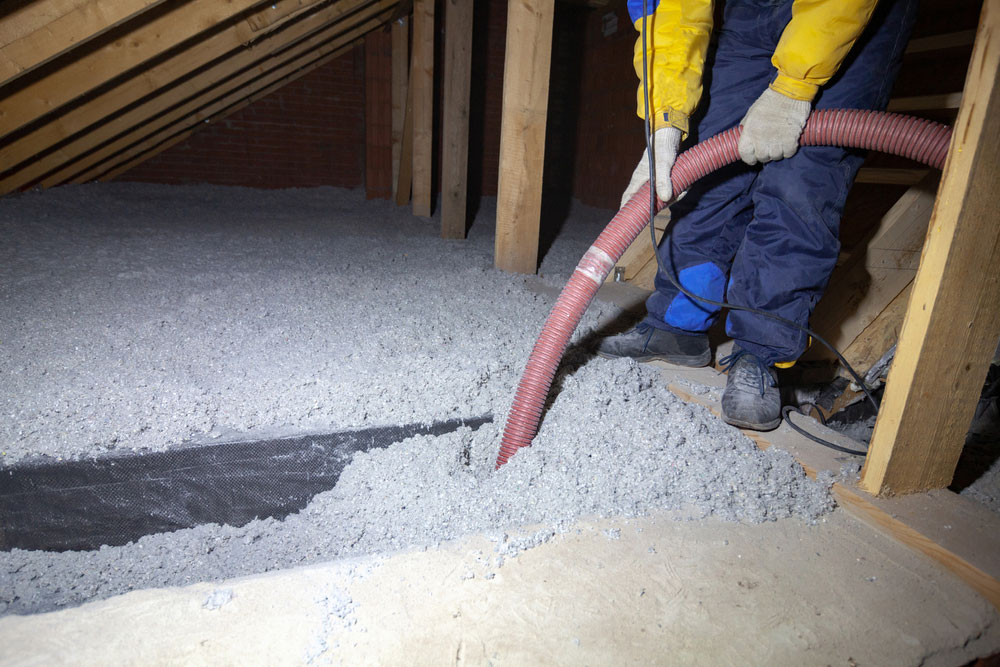Attic Ninja Insulation Experts
Attic insulation is a crucial component in maintaining the energy efficiency and comfort of your home. Proper insulation in the attic helps in stabilizing indoor temperatures, reducing the burden on heating and cooling systems, and consequently lowering energy costs.


Will Adding Attic Insulation Make a Difference?
Why is attic insulation important? It is estimated that heating and cooling your home is responsible for 50% to 70% of the energy used. Adding attic insulation helps reduce your energy costs by lowering the amount of energy you need to keep your home at a comfortable level. It acts as a barrier to heat loss in the winter and heat gain in the summer, ensuring a comfortable living environment year-round. Additionally, well-insulated attics can prevent moisture problems, which can lead to mold growth and structural damage over time. Whether it’s upgrading existing insulation or installing new materials, focusing on your attic’s insulation is a smart investment towards enhancing your home’s overall efficiency, comfort, and longevity.
The Harvard School of Public Health says if your home is as little as 5 to 10 years old, you likely have one of the 46 million under-insulated homes in the United States. Attic insulation is vital to ensure your home is energy efficient and comfortable. Most attics built today only install minimum insulation levels.
The types of insulation installed in an attic may include blown-in fiberglass, rolled fiberglass batt insulation, rock wool insulation, cellulose insulation, spray foam insulation, radiant barrier insulation, foam board insulation or a combination of these. Make sure air sealing is a part of your attic insulation project, as well as ventilation and addressing radiant heat.
Find a Crawl Space Ninja Location Today!
"*" indicates required fields
Blown-in Insulation
Duct Sealing/Cleaning
Sealing the duct-work is important to you and your family’s health and well-being. The American College of Allergy, Asthma & Immunology estimates that 50% of all illnesses are caused by poor indoor air quality. Duct sealing is a great way to minimize pollutants.
Air Sealing
Ventilation
Radiant Barrier
Unlike most types of insulation, which resist conductive and sometimes convective heat flow, radiant barrier insulation works by reflecting radiant heat away from the living space. Radiant barriers are installed primarily to reduce summer heat gain, which helps lower cooling costs.
Knee Wall Insulation
Foam board, spray foam and batting insulation can be used to insulate almost any part of your home, including that hot bonus room. When you combine these 3 types of insulation, they are a great way to insulate and air seal knee walls and tray ceilings inside your home as well.
Dehumidification
Cathedral Ceilings
Baffles and Hatches
Baffles provide a channel for airflow in the attic, they help improve air flow and reduce the cost of your cooling/heating in your house.
Properly air sealing hatches and pull down ladders will save money and improve air quality inside your home.

Attic Air Seal Insulation
Take a look at this attic air seal and insulation walk through performed by Crawl Space Ninja’s Founder, Michael Church. You will see what it takes to properly air seal an attic, an you’ll find out you what was living in that attic before air sealing it. For more tips on attics, visit our YouTube channel.
Need to insulate your attic? Drop us a line today for a free quote!

